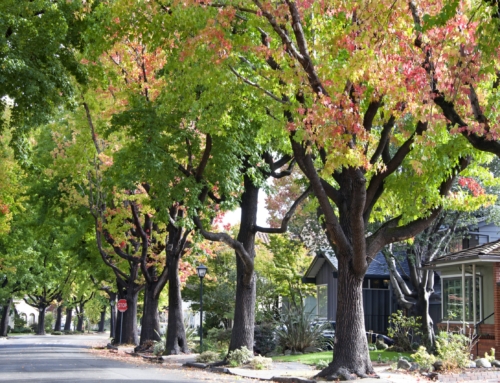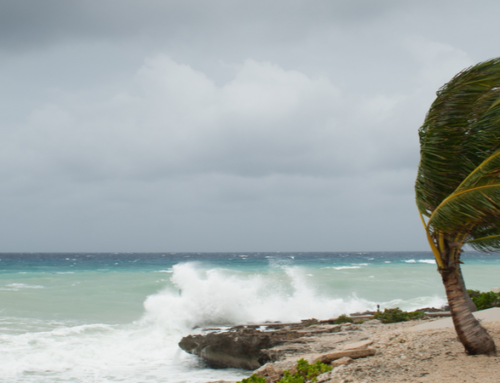It’s never easy to pick up the pieces of a life. For some, the task may be close to impossible.
In the aftermath of Hurricane Katrina, the depths of misery are almost too broad to be understood, even by those knee-deep in water. Looking out over photos of a city that remains 80 percent below water, in temperatures flirting over 90 degrees, it seems clear that what wasn’t washed away will soon be mold-infested and uninhabitable.
In other words, you can dry out New Orleans, but when it comes to saving its homes, it’s likely that many houses will be leveled, and the city will have to be rebuilt.
Clearly, Katrina will rank right up there with the worst physical catastrophes the U.S. has ever experienced — it might even be the most expensive, when all the bills are counted and paid.
According to the FEMA, approximately one-third of homes in New Orleans carry flood insurance, and homes there are insured up to about $56 billion. Just one-fifth of homes in Mississippi are covered by flood insurance. Conventional homeowners insurance typically doesn’t cover damage caused by flood waters.
That means most homeowners will have to pay out of pocket to rebuild their homes. Unfortunately, the city of New Orleans will be uninhabitable for months. While some businesses will be able to relocate, thousands of jobs will be lost as other businesses collapse. Without income, many homeowners will begin defaulting on their mortgage payments.
In the wake of the storm, secondary mortgage market leaders Fannie Mae and Freddie Mac announced that they will work with lenders and mortgage servicing companies to assist those homeowners who have been wiped out by Hurricane Katrina.
“Our goal is to help families affected by Hurricane Katrina to keep their homes,” said Richard F. Syron, Freddie Mac Chairman and CEO. “We also want to ensure that families who are displaced from their homes receive the assistance they need.”
Freddie Mac announced it would push companies that service its mortgage holdings to waive the assessment of penalties or fees for late payments by homeowners with disaster-damaged homes. It is also requesting that mortgage servicing companies do not report late payments by these homeowners to credit reporting bureaus.
In addition, Freddie Mac is allowing mortgage servicers to work with borrowers to either reduce or suspend mortgage payments for up to 12 months for borrowers with Freddie Mac-owned mortgages in the declared major-disaster areas.
Fannie Mae announced disaster relief provisions that will allow mortgage lenders help borrowers in several ways. Mortgage payments may be suspended for up to three months, and payments may be reduced for up to 18 months or more.
Both companies say homeowners should contact their mortgage servicing company as soon as possible to discuss the situation.
“This is a different situation than what happened in South Florida after Hurricane Andrew,” explained Frank Nothaft, vice president and chief economist of Freddie Mac. “There, you had wide destruction of houses and homes but at least you didn’t have all the sitting water.”
“What happened here is levies broke and good chunk of New Orleans is under water. That exacerbates the situation,” he said, adding that it seemed a large number of properties would have to be rebuilt.
Of course, nothing will happen until the flood waters are drained, houses dry out, and residents can reclaim what is left of their lives.
For more information on mortgage payment relief, homeowners should contact their mortgage servicer — the company to which they send their monthly mortgage payment. Homeowners can also call Freddie Mac directly at (800) FREDDIE. Homeowners can contact Fannie Mae’s consumer resource center at (800) 7FANNIE.






Leave A Comment